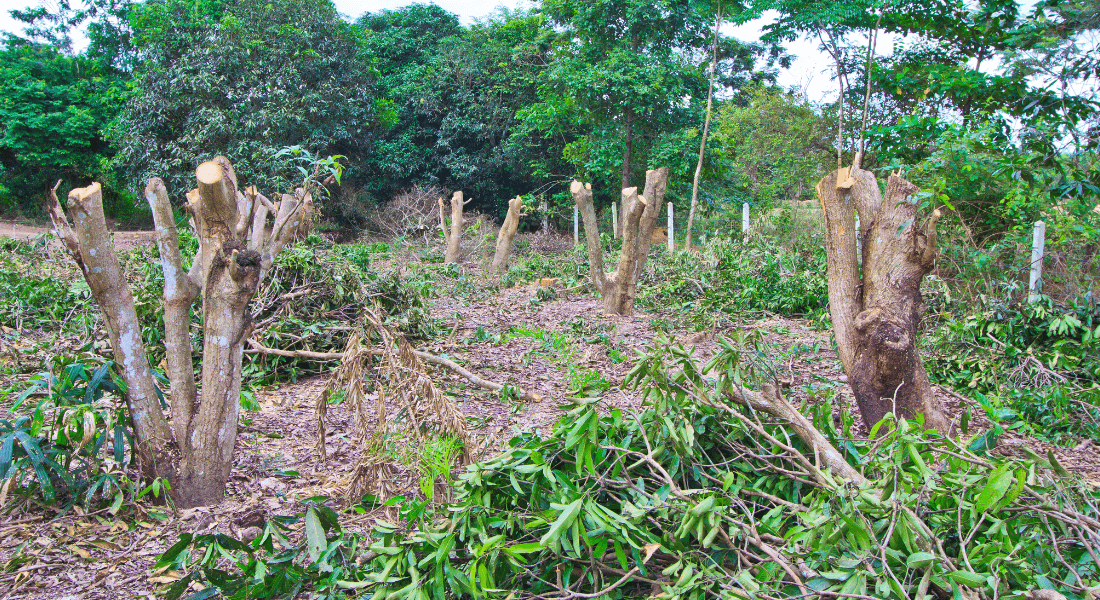Living Planet Report released with contributions by CMEC researchers
Based on analyses by international researchers, including Jonas Geldmann and Neil Burgess from the Center for Macroecology, Evolution and Climate (CMEC), the newly released WWF Living Planet Report shows how wildlife populations have seen a 69% drop in relative abundance on average since 1970. Besides highlighting the biodiversity declines and the wildlife threats, the report also points to solutions for a more sustainable future.

Monitored wildlife populations, including mammals, birds, amphibians, reptiles and fish have seen a 69% decline on average since 1970, according to the Living Planet Report (LPR) 2022, the 14th edition of WWF's biennial flagship publication. The report highlights the outlook of the state of nature and warns governments, businesses and the public to take transformative action to reverse the destruction of biodiversity, WWF states in a press release.
Featuring almost 32,000 populations of 5,230 species, the dataset used in the LPR 2022 is the biggest one yet, constituting the basis of the so-called Living Planet Index (LPI) produced for the report by the Zoological Society of London (ZSL). Amongst other key findings, the LPI shows how monitored wildlife populations within tropical regions are decreasing at a faster rate than those in other regions.
Large declines in wildlife populations are seen in some tropical regions. For example, the LPI data points to a 94% drop on average between 1970 and 2018 in monitored wildlife populations in Latin America and the Caribbean, and an average of 83% decline in monitored freshwater populations with habitat loss and barriers to migration routes being responsible for about half of the threats to monitored migratory fish species.
Mapping threats to wildlife
A novel aspect to the 2022 edition is a mapping exercise showing the spatial patterns of the most pervasive threats to wildlife, which highlights that over 50% of Earth’s terrestrial surface is priority area for action to address one or even multiple threats. The data for this global threat-assessment is based result of extensive work conducted by international researchers and lead by Assistant Professor Jonas Geldmann and Professor Neil David Burgess from Center for Macroecology, Evolution and Climate at the Globe Institute.
“Using one of the largest and most important global datasets in conservation – the IUCN Red List of threatened species – and inspired by methods from citizen science we have developed a series of unique maps that maps the likelihood of impact of individual threats to individual taxa. These maps have allowed for this year’s Living Planet report to better link the observed declines in wildlife with the human threats responsible for the current changes”, Jonas Geldmann explains.
Critical call for transformative change
The LPR indicates that the main drivers of wildlife population decline include habitat degradation and loss, species over-exploitation, the introduction of invasive species, pollution, climate change and disease. With the release of the report prior to the 15th Conference of Parties to the Convention of Biological Diversity (CBD COP15) in December 2022, the ambition is to let the report serve as a lever in global policy-driven decisions towards a more nature-positive future. Neil David Burgess, Professor and UNEP-WCMC Chief Scientist, explains:
“The report contains critical calls for transformative change to reverse current trends and halt the loss of biodiversity. One critical step in achieving this is to work with the business sector to improve the sustainability of global supply chains. In the report we showcase how this can be done at all levels from international trade agreements through to national legislation, including through the mainstreaming of biodiversity impacts and dependencies in trade policy and implementation.”
The full Living Planet Report 2022 and summary versions of the report are available here.
Contact
Professor Neil Burgess
Assistant Professor Jonas Geldmann
